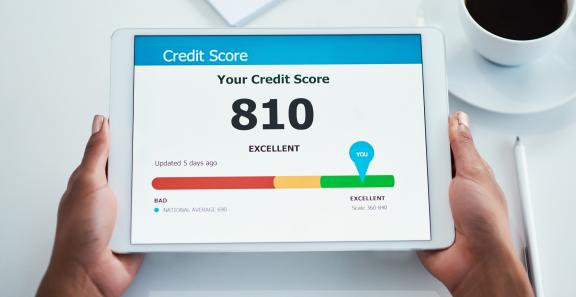Credit Score Basics

Posted: July 11 2019
A credit score is a numerical value or categorization a lender uses to predict the likelihood of certain credit behaviors (i.e. default). A credit score may also be used to determine the credit terms or rate a person pays for a loan. People with a low score (or no score) may not be able to obtain credit or only receive credit offers at very high interest rates.
Common Types
The most commonly used credit scores are the FICO Score and the VantageScore (many versions of each).
FICO Score
Fair Isaac, Co. developed the FICO credit scoring model in 1989. It is a widely-used, broad-based credit score calculated using information from millions of consumers. FICO regularly updates scores to reflect changes in lending practices and consumer behavior.
VantageScore
VantageScore is a combined effort of the three major credit bureaus (Equifax, Experian and Transunion), and was introduced in 2006. Consumers who are new to the credit market or who use credit infrequently are more likely to have a VantageScore than a FICO Score.
Determination
While the scoring models are proprietary, both FICO and VantageScore provide a list of factors they use to calculate a credit score.
FICO groups these factors into five categories (each representing a specific percentage of the score)
- payment history (35%)
- amounts owed (30%)
- length of credit history (15%)
- new credit (10%)
- credit mix (10%)
VantageScore groups these factors into six categories (each having a different level of influence on the score)
- payment history (extremely influential)
- age and type of credit (highly influential)
- percentage of credit limit used (highly influential)
- total balances and debt (moderately influential)
- recent credit behavior and inquiries (less influential)
- available credit (less influential)
Individuals’ Rights
Individuals have the right to
- access their FICO Scores and VantageScores (they may have to purchase them)
- a free credit score if they are denied credit, have received credit at a higher rate than other consumers or have had their interest rate adjusted unfavorably because of a credit score
- correct errors in the credit report on which the credit score was based